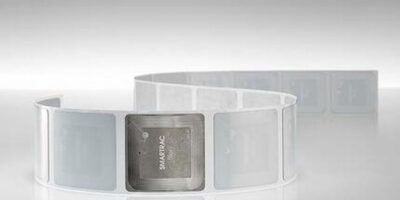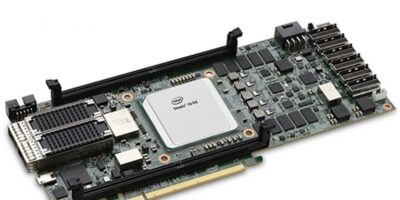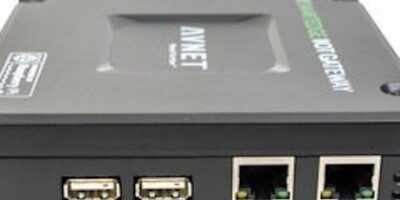Flexible, ferrite-based NFC inlays and tags in the Block On-Metal range by Smartrac Technology group are suitable for items with metallic surfaces need to be identified or interacted with.
The tags can be used on industrial, retail and business to consumer (B2C) applications where metallic surfaces need to be identified or interacted with.
The Block On-Metal tags combine an antenna design with a thin layer of flexible ferrite material, which isolates the magnetic field from the metal surface. Ferrite redirects the reader’s inductive field and prevents energy from being wasted as heat within the metallic surface.
They can be used for industrial, retail and consumer, asset management, brand protection, secure product authentication, and payment. They can also be used for the identification and provision of a digital identity to many items – from metallic components to spare parts, signs, tools, even machines and domestic items. The tags have a die cut size of 50 x 50mm (1.96 x 1.96-inches) for the standard tag. Block On-Metal tags are suitable for roll-to-roll manufacturing processes, which makes onward processing much easier and more cost-effective, and allows converters to overprint the inlays if required.
Block On-Metal tags are equipped with the newest member of NXP’s Slix product family, the ICode Slix2 IC. This chip complies with the NFC Forum Type 5 standard, is backwards-compatible to Slix and offers an increased user memory size. It also has NXP originality signature, increased speed for inventory management, and increased read range due to superior resistance to detuning effects. Additional notable features of the ICode Slix2 IC are flexible user memory segmentation with separate access conditions, a password-protected on-chip service cycle counter and a 2.5kbit user memory size.
Block On-Metal will become available in high volumes from Q4 2019.
Smartrac provides both ready-made and customised offerings. Its portfolio is used in an array of applications such as animal identification, automation, automotive, brand protection, customer experience, industry, library and media management, logistics, retail and supply chain management.







